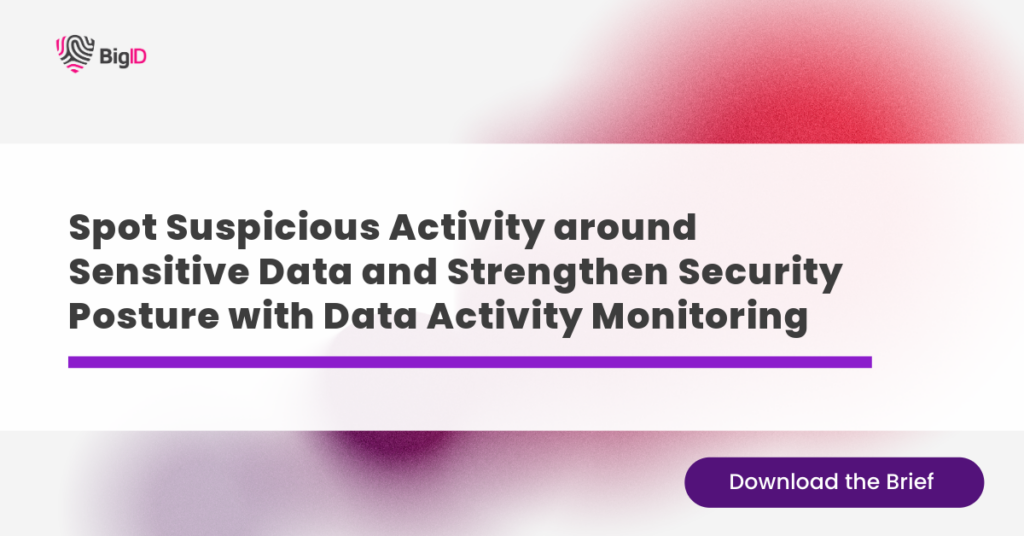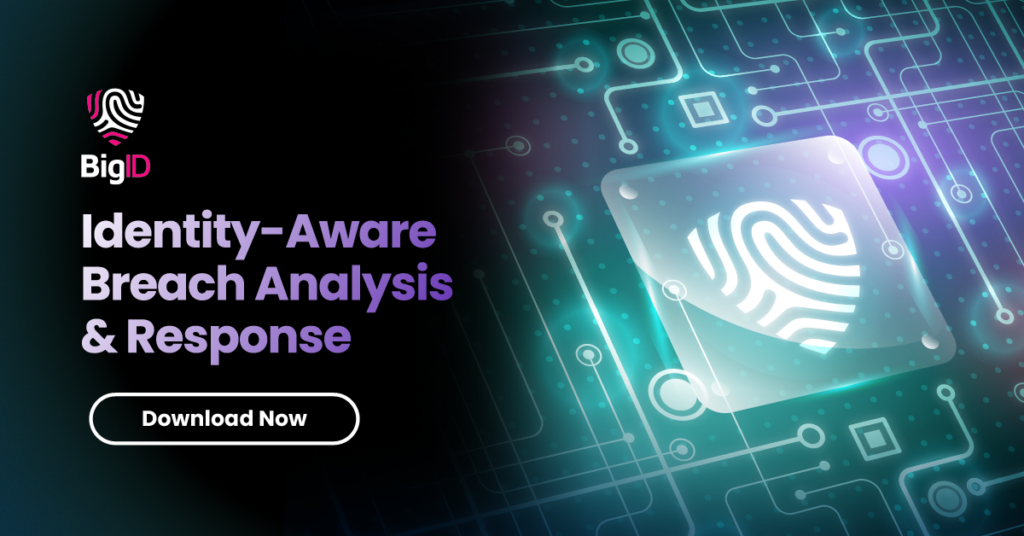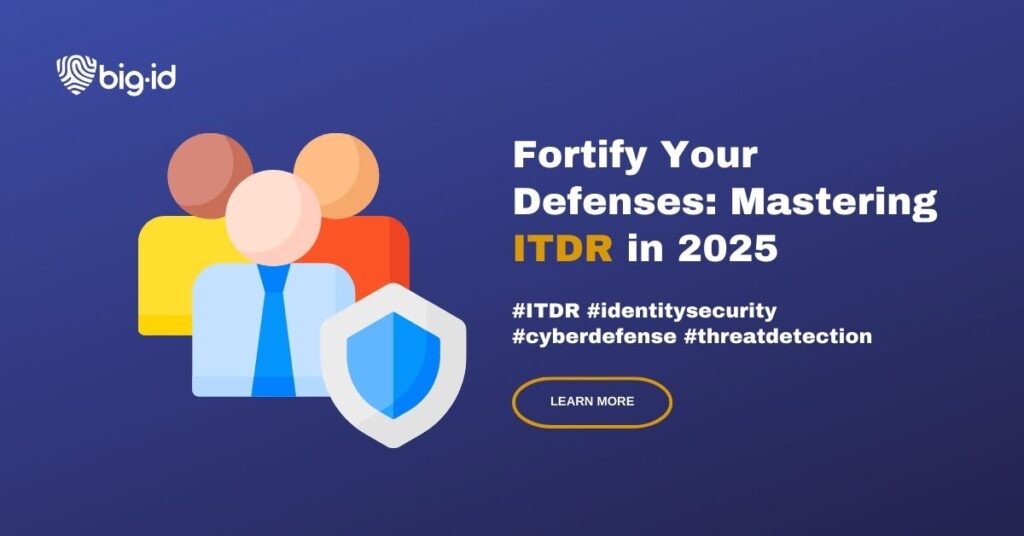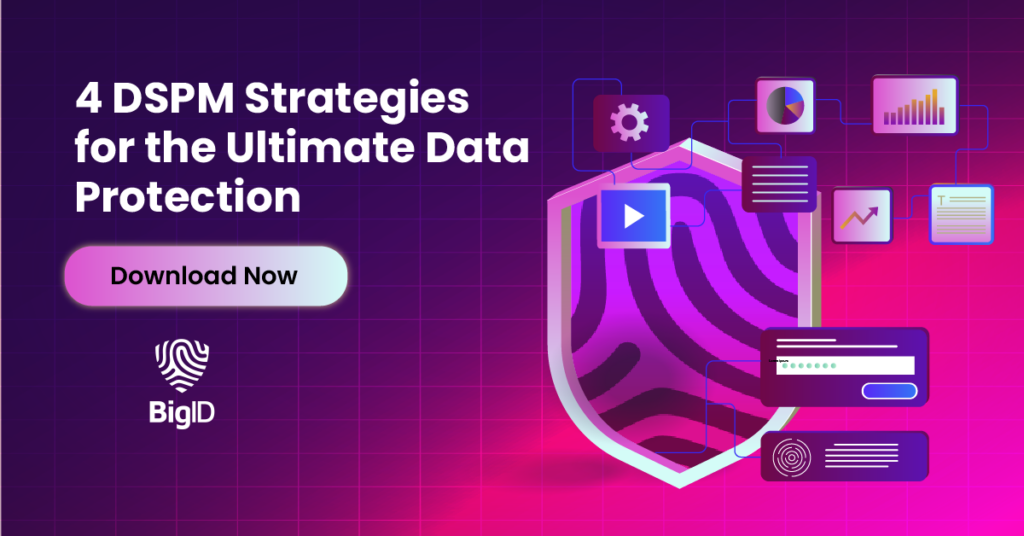What is Identity Threat Detection and Response?
Identity Threat Detection and Response (ITDR) is like having a security guard who constantly watches for suspicious behavior at a high-security building. Instead of just checking IDs at the entrance (like traditional identity management systems), ITDR keeps monitoring people inside the building to ensure they aren’t sneaking into restricted areas, impersonating employees, or misusing their access.
ITDR Example
Imagine you work for a large company, and an employee’s credentials get stolen through a phishing email. The attacker logs in successfully because they have the correct username and password. A traditional security system might not notice anything unusual. However, an ITDR solution would detect that this user is suddenly logging in from an unusual location, trying to access sensitive files they’ve never touched before, or acting in a way that doesn’t match their normal behavior. ITDR would then trigger an alert, block the suspicious activity, or require additional verification—stopping the threat before any damage is done.
This proactive approach helps organizations prevent identity-based attacks before they escalate.
Beyond Definitions: Why ITDR Needs a New Perspective
Identity Threat Detection and Response (ITDR) is no longer just an extension of Identity and Access Management (IAM) or a parallel to Endpoint Detection and Response (EDR). As identity-based attacks grow more sophisticated, security teams must evolve their approach to ITDR. Instead of viewing it as a reactive safeguard, organizations should prioritize ITDR as a proactive security pillar that continuously adapts to emerging threats.

The Modern ITDR Ecosystem: A Holistic View of Identity Protection
A complete ITDR system integrates seamlessly across security architectures, working in tandem with IAM, Security Information and Event Management (SIEM), and Extended Detection and Response (XDR) solutions. It does more than monitor authentication events—it analyzes behavioral anomalies, detects privilege escalations, and prevents identity-based attacks before they occur. The key is continuous, AI-driven monitoring that contextualizes risks in real time.
From IAM to ITDR: Bridging the Gap with Contextual Intelligence
While IAM solutions manage authentication and authorization, they often fall short in detecting compromised credentials or insider threats. ITDR closes this gap by adding contextual intelligence—correlating authentication logs, device signals, and user behaviors to distinguish between legitimate activity and sophisticated attacks like session hijacking or adversary-in-the-middle tactics.
Why ITDR Is the Cornerstone of Zero Trust Security
Zero Trust isn’t just about verifying users; it’s about validating behaviors. ITDR enforces continuous verification, detecting lateral movement attempts and credential misuse that traditional IAM tools might miss. In a Zero Trust framework, ITDR acts as a real-time enforcer, ensuring that even authenticated users don’t exceed their intended privileges.
ITDR vs. EDR/XDR: Why Identity Threats Require a Unique Approach
Unlike EDR or XDR, which focus on endpoints and networks, ITDR is built to detect identity misuse across cloud, on-prem, and hybrid environments. It specializes in protecting against credential stuffing, identity impersonation, and privilege escalation—threats that endpoint-focused solutions may overlook.
Types of Identity Vulnerabilities
As identity-based threats evolve, organizations must recognize the key vulnerabilities attackers exploit:
- Compromised Credentials: Stolen or leaked usernames and passwords give attackers direct access to accounts. Weak or reused passwords exacerbate the risk.
- Privileged Access Misuse: Users with excessive privileges can be targeted or unknowingly expose sensitive data. Unmonitored privilege escalations create security gaps.
- Session Hijacking: Attackers intercept authenticated sessions to bypass multi-factor authentication (MFA) and access systems undetected.
- Insider Threats: Malicious or negligent insiders can exploit their access to steal or manipulate sensitive information.
- Third-Party Identity Risks: Vendors and contractors often have access to internal systems, making them an attractive target for attackers.
- Deepfake and Social Engineering Attacks: AI-generated voices, emails, and impersonation tactics are used to manipulate employees into granting unauthorized access.
- Unmanaged or Orphaned Accounts: Dormant accounts of former employees or forgotten service accounts can be hijacked and used for persistent threats.

Emerging Identity Threats: What Organizations Must Prepare For
As attackers refine their tactics, organizations must prepare for:
- AI-Powered Phishing: Attackers use AI to craft highly personalized phishing campaigns that bypass traditional defenses.
- Session Hijacking: Stealing active sessions to bypass MFA and persist undetected.
- Supply Chain Identity Attacks: Compromising third-party identities to infiltrate target organizations.
- Deepfake-Based Social Engineering: Leveraging AI-generated voices and videos to impersonate executives and gain unauthorized access.
Evaluating ITDR Solutions: What to Demand in 2025 and Beyond
When selecting an ITDR solution, organizations should prioritize:
- Behavioral Analytics: Continuous monitoring to detect deviations in identity behaviors.
- AI-Driven Risk Scoring: Prioritizing threats based on contextual risk rather than static rules.
- Automated Response Mechanisms: Real-time mitigation strategies to revoke access, trigger step-up authentication, or isolate compromised accounts.
- Deep Integration with IAM & SIEM: Seamless interoperability with existing security tools for comprehensive visibility.
Making ITDR a Security Priority with BigID Next
ITDR isn’t just another security tool — it’s a mindset shift. Organizations must move beyond basic identity protection and invest in dynamic, AI-driven solutions that anticipate identity threats before they escalate.
BigID Next is the first and only modular data platform to address the entirety of data risk—across security, regulatory compliance, and AI. It eliminates the need for disparate, siloed solutions by combining the capabilities of DSPM, DLP, data access governance, AI model governance, privacy, data retention, and more—all within a single, cloud-native platform.
With BigID Next organizations get:
- Deep Data Discovery: BigID Next empowers organizations to discover and classify sensitive data across all data sources, including structured and unstructured data— giving organizations a better understanding of where their sensitive data is stored so they can prioritize their data protection efforts.
- Next-Gen AI for Unmatched Data Intelligence: BigID Next incorporates cutting-edge AI to redefine how enterprises discover, classify, and protect data. This includes Patented AI-powered classification for both structured and unstructured data, Prompt-based classification, AI-driven governance, automating compliance tasks and reducing manual workload
- Risk Posture Alerting and Management: BigID Next’s enhanced risk posture alerting continuously tracks and manages access risks, providing visibility into who can access what data. Proactively assess data exposure, enforce access controls, and strengthen security to keep your AI data protected.
- AI Assistants for Security, Privacy, and Compliance: The first of their kind, BigID Next’s agentic AI assistants help enterprises prioritize security risks, automate privacy programs, and support data stewards with intelligent recommendations. These AI-driven copilots ensure compliance stays proactive, not reactive.
To proactively reduce risk across your enterprise and prepare for emerging threats — get a 1:1 demo with our security experts today.



